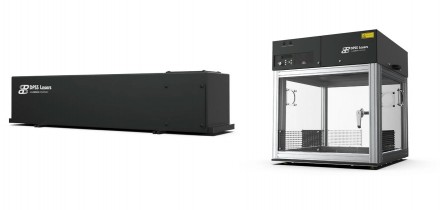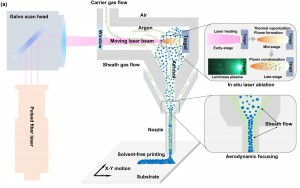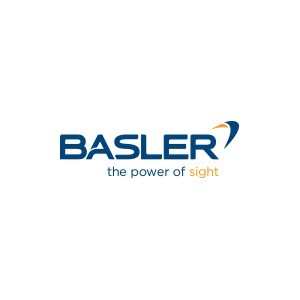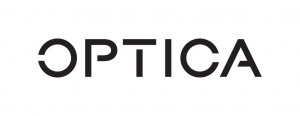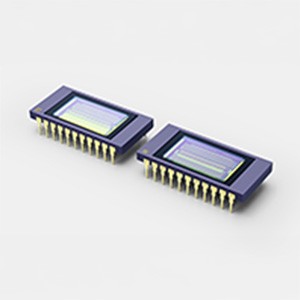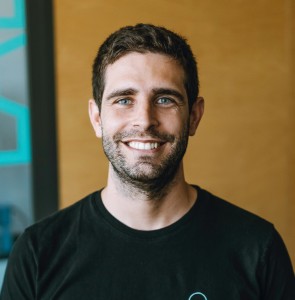
In this article, Jose Pozo, EPIC’s CTO talks to Patrice Le Boudec, CEO of IDIL Fibres Optiques, a leading French company in speciality fiber optics and laser technologies.
After graduating with a BSc in Fundamental Physic from Haute Bretagne University in Rennes in 1988, Patrice went to Jean Monnet University in Saint Etienne to do an MSc in Opto-Electronic. Then he spent one year in Laboratoire de Physique des Lasers at Paris XIII University working on high resolution CO2 laser spectroscopy. This was followed by a PhD in Laser Physics at CNET (Centre National d’Etudes des Telecommunications) and ENSSAT (Ecole Nationale Supérieure des Sciences Appliquées et Technologies), where he worked on fiber lasers.
In 1993, he has been hired by Soptel Photonique, which was an old established company focusing on classical optic and he was in charge of a subsidiary with the aim of applying his laser research to telecom applications. Then, in 1995, he created IDIL Fibres Optiques in Lannion in Brittany in north western France.
For Patrice, setting up his own company as CEO was to some extent inevitable: ”My parents were both entrepreneurs so the idea of working in a company, a research lab or a public institution was not in my DNA and the only thing I could be happy with was to create my own company”.
Company development
The idea in the beginning was to do what the company initials stood for: engineering and development of instrumentation and lasers. The company was focused on fibre laser technologies, but instead of going into telecom, they decided to target niche markets and worked mainly on laser measurement systems for scientific and military applications.
Over the last 25 years, IDIL has grown to a workforce of 40 with 2300 m² of office, R&D laboratories and production facilities. During this period, the company has achieved a 10% average growth in annual turnover and is now internationally renowned for the design, development, manufacture and distribution of fibre optics & components, lasers & amplifiers, optoelectronic systems, fibre sensors and spectroscopic & microscopic systems for the science, defence and industry markets.
Milestones
For Patrice, there have been three important milestones. The first, in 1997, was the beginning of IDIL’s long standing partnership the French Alternative Energies and Atomic Energy Commission (CEA) on the Megajoule Laser Project (LMJ), which aims to re-create fusion phenomenon in real conditions via laboratory experiences. In this project, IDIL has developed and now manufacture the global seeder of the 176 lines of the laser.
The second was in 2003/4, when the telecoms crash proved Patrice right in his decision to go into the scientific and defence markets instead of telecommunications.
A third milestone was the development in 2008, of the first industrial photonic Doppler velocimetry system for shock and detonic applications for the measurement of unique or multiple speeds in the range of 0 to 20 km/s with 1 ns temporal resolution. The system provides a quick visualization of speed fields for use the fields of shock physics, plasma physics or high explosives.
In 2009, IDIL was awarded the “Photon d’Argent” Prize from the French Optical Society for the development of this device.
Reasons for success
Location: An important factor underlying IDIL’s success is its location. While Patrice was originally drawn to Lannion because of its pleasant coastal location, the development of a strong photonics ecosystem in the area has been to the company’s advantage. The development of photonics start-ups in Lannion dates back to the 60s, when France telecom had a fibre optics research lab in the town, which attracted many PhD students. Some stayed after their PhD to establish fibre companies, and as Patrice says: “We now have all the main fibre technologies in Lannion and if I need an answer to any question on fibre or I need some equipment I don’t have, I know I’ll be able to find it in Lannion”.
Suppliers: One of IDIL’s strengths is that they have managed to cultivate a number of excellent suppliers, which has enabled the company to minimise quality risks in their supply chain - a crucial factor for defence applications which now account for a third of the company’s turnover.
Steady growth: Since the outset, influenced by his parent’s success, Patrice has aimed for measured, steady growth: “I’ve never been inclined to go to a VC and ask for €10m to make a huge company. I don't really think like that because for me, a company needs slow, solid growth”.
Patrice’s aim has been to build a sustainable company with an enjoyable and stimulating work environment able to attract and retain employees. The company now has a very low staff turnover, and many have been with the company for over 20 years. But of course, it’s also crucial to make a profit, which he sees essentially, as adding value to his supplier’s products by manufacturing and selling a wide range of innovative products.
Innovation: Over the years, IDIL has accumulated valuable skills, experience and technical expertise in the fields of fiber optics, lasers and opto-electronics, enabling the company to meet its customers’ requirements for virtually any innovative system.
Examples include optical systems to measure protein in plants or the quality of food - to a system for detecting lightning in storms by measuring high-speed variations of sky light. Most recently, IDIL have been developing a system for measuring the movement of tectonic plates south of Etna. The system has been placed beginning of October at a depth of 2,600 meters with special pressure-proof cable and connectors.
The future
Patrice sees the future as a continuation of the steady, linear growth they have achieved so far, a growth philosophy that has been proved correct as many of the companies that started at the same times as IDIL have disappeared. Some have gone due to the telecoms crash, some for taking on too much dept and some as a result of manufacturing moving to lower cost countries. In this regard, Patrice is not overly worried: “Making fibre isn’t easy: you need a lot of knowhow and experience. It’s not just the drawing tower that needs to be replicated, it’s also the last 20 years of engineering development. You also need to use good materials and to know what to do them to get quality fibres”.
Photonics Bretagne: In 2020, Patrice became President of Photonics Bretagne a photonics innovation hub located in Lannion, which was set up in 2011 to support research and innovation in photonics applications and specialty optical fibres and components in Brittany.
As Patrice explains, they actually started to promote Lannion as a hub for optic fibre 15 years ago by setting up PERFOS, a technical association to conserve the knowledge and expertise that had been built up in telecoms. But as the telecom companies moved out of Brittany, in 2011, they changed from telecom to promote Lannion as a hub for fiber optics instead.
Over the next 5 years, Patrice will devote some of his time to support Photonics Bretagne in its aims not only to foster innovation and industrial and technological development, but also to generate economic growth and create jobs in photonics in Brittany.
If you could start again, what would you do differently?
“It’s difficult to say. We started in a special set of conditions that are not present now. It was the beginning of the ramp up in telecom and a lot of technology was being developed that we still use now. Of course, I made some errors sure, but in a general way I think I would do the same in the same set of conditions.”.
What are your words of wisdom for the next generation of entrepreneurs?
“If you have an idea, go for it when you’re young. It’s much easier to start a company in your 30s when you’re prepared to risk almost anything than in your 50s when you’re more cautious”.
“It’s also very important to be able to rely on your customers for quality, especially if you’re making systems that need to withstand harsh environments”.
“Finally, go for slow steady growth that’s sustainable and create the right working conditions so employees will want to stay. In this way, the company can build and sustain the skills, experience and technical expertise that will be required for growth and development”.
Written by Jose Pozo, Director of Technology and Innovation at EPIC (European Photonics Industry Consortium).

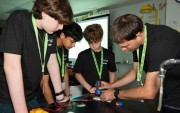




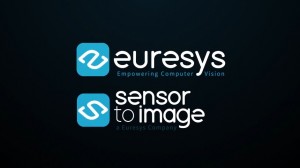


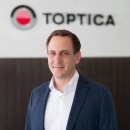
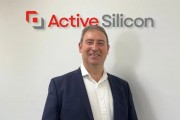
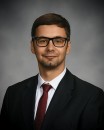

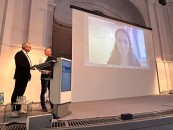
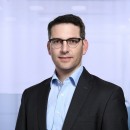
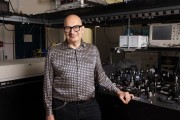
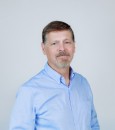



















 Back to Features
Back to Features










